From Roots to Words: Understanding Embryomorphemes in the Gheg Dialect of Albanian
Introduction
Language is a complex tapestry woven from various threads of sounds, structures, and meanings. Within this tapestry lies the concept of morphemes, the smallest units of meaning in a language. Particularly fascinating in the Albanian context is the Gheg dialect, where embryomorphemes play a vital role in grammatical and lexical development. This article delves into the concept of embryomorphemes, their significance in the Gheg dialect, and their contribution to the richness of the Albanian language.
Understanding Morphemes
Morphemes are the fundamental building blocks of words and can be classified into two main categories: free morphemes, which can stand alone as words (e.g., "book," "run"), and bound morphemes, which cannot stand alone and must attach to other morphemes (e.g., "un-" in "undo").
Embryomorphemes: A Unique Classification
The term "embryomorpheme" can be understood as a stage of morphemic development where elements are in their formative phase. They retain their base meaning while showcasing potential for further morphological modification. In the Gheg dialect, these morphemes often reveal relationships between roots and their derived forms, thus illuminating an essential aspect of Albanian’s linguistic evolution.
The Gheg Dialect: An Overview
Gheg is one of the two primary dialects of Albanian, the other being Tosk. Spoken mainly in northern Albania, Kosovo, and parts of Montenegro, Gheg boasts unique phonetic, grammatical, and lexical features. Its morphological structure distinguishes it from Tosk and contributes to the richness of the Albanian language.
Phonetic and Grammatical Features
Gheg exhibits distinct phonetic characteristics, such as the retention of certain vowel sounds and a unique placement of stress. Grammatically, it often uses complex verb forms and inflections, showcasing a rich morphological system that serves as a foundation for understanding embryomorphemes in the dialect.
The Role of Embryomorphemes in Gheg
Morphological Development
Embryomorphemes in the Gheg dialect represent a significant step in the formation of words. For example, the root "shkoll-" (school) can evolve through various grammatical processes to yield forms like "shkollim" (schooling) or "shkollar" (scholar). The embryomorpheme retains the core meaning of the root while allowing for morphological creativity, where numerous derived terms can originate from a single root.
Lexical Expansion
This morphemic flexibility leads to a rich lexical landscape. By allowing for various prefixes and suffixes to attach to roots, speakers can easily adapt and expand their vocabulary. For instance, from the root "pun-" (work), we find derivatives such as "punë" (work), "punonjës" (worker), and "punoj" (I work). The process of derivation showcases how anatomical linguistic features contribute to both everyday communication and more complex expressions.
Cultural and Linguistic Significance
The existence and exploration of embryomorphemes in the Gheg dialect reveal deeper cultural undertones. Language is not just a means of communication—it’s a vessel of identity, history, and tradition. Understanding how these morphemes reflect regional influences and specific sociolinguistic contexts can offer insights into the heritage of Albanian speakers, especially in northern regions where the Gheg dialect persists.
Preservation of Language
As globalization affects local languages, recognizing the importance of embryomorphemes in Gheg becomes essential for cultural preservation. Linguistic studies aiming to document and analyze such unique features contribute to the preservation of dialects that are at risk of fading away. By continuing to engage with the roots of a language, communities can foster a sense of pride and identity.
Conclusion
The Gheg dialect of Albanian, rich in its linguistic diversity, offers a unique lens through which to explore the concept of embryomorphemes. These foundational morphemes not only facilitate the growth and development of words but also hold cultural significance that connects speakers to their heritage. As we delve deeper into the intricacies of language, understanding embryomorphemes enhances our appreciation for the beauty and complexity of human communication. Embracing and documenting such linguistic features ensures that they endure, enriching future generations’ understanding of the Gheg dialect and the Albanian language as a whole.
[modern_footnote_source_link]

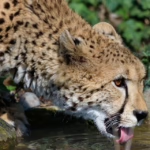













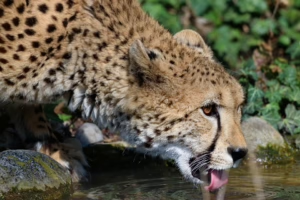

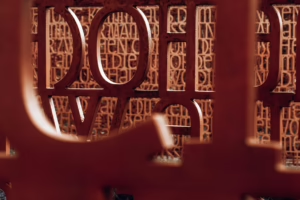
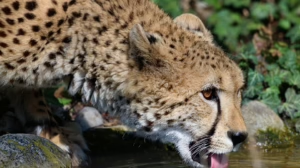

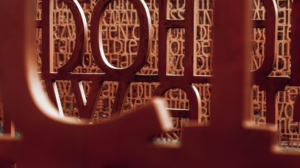




Add Comment